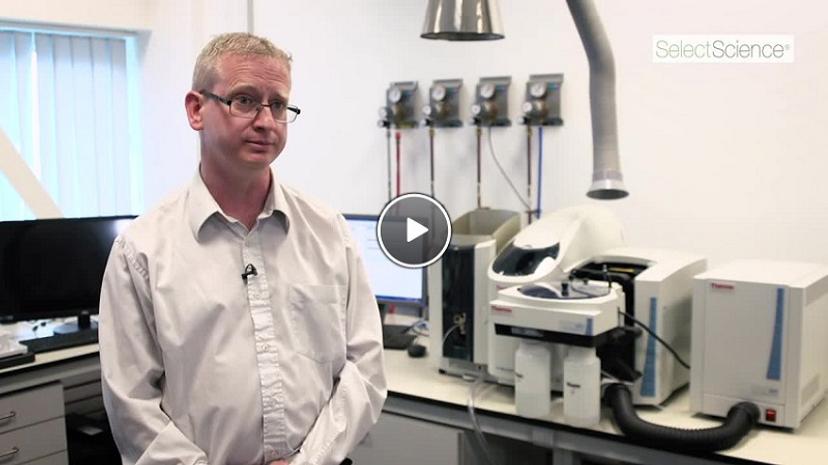Utilizing Atomic Absorption Spectrometry to Comply with Waste Water Regulation
Find out how the latest atomic absorption technology can be used to meet the demands of the EU Water Framework Directive and other environmental legislation
11 Oct 2016

Simon Nelms, Regional Marketing Manager, Trace Elemental Analysis, Thermo Fisher ScientificEuropean Water Framework Directive The EU Water Framework Directive commits all member states to achieve good qualitative and quantitative statuses for all water bodies, laying down strategies against water pollution through identification of priority substances and monitoring of different classes of contaminants.
Simon Nelms, Regional Marketing Manager, Trace Elemental Analysis, Thermo Fisher Scientific, describes how the Thermo Scientific™ iCE™ 3500 Atomic Absorption Spectrometer can be employed for effluent, soil digest or surface water analyses detecting trace contaminants.
Atomic absorption spectrometry is used for environmental analyses such as “effluent analysis, for things like lead and cadmium”, Simon describes. He explains that the Thermo Scientific™ iCE™ 3500 is typically employed by laboratories for legislation purposes, helping laboratories in “meeting the requirements of the European Water Framework Directive for example”.
Simon believes that “in the future this kind of technology is likely to be taken up more by countries where there is emerging legislation for lower levels of contamination in environmental samples”. He concludes that “as it’s a cost effective approach, it’s a good entry level instrument for those laboratories that are just embarking on new environmental analysis requirements”.
The key benefits of this instrument are its high sensitivity in furnace mode and low cost of ownership
Simon Nelms Thermo Fisher Scientific
